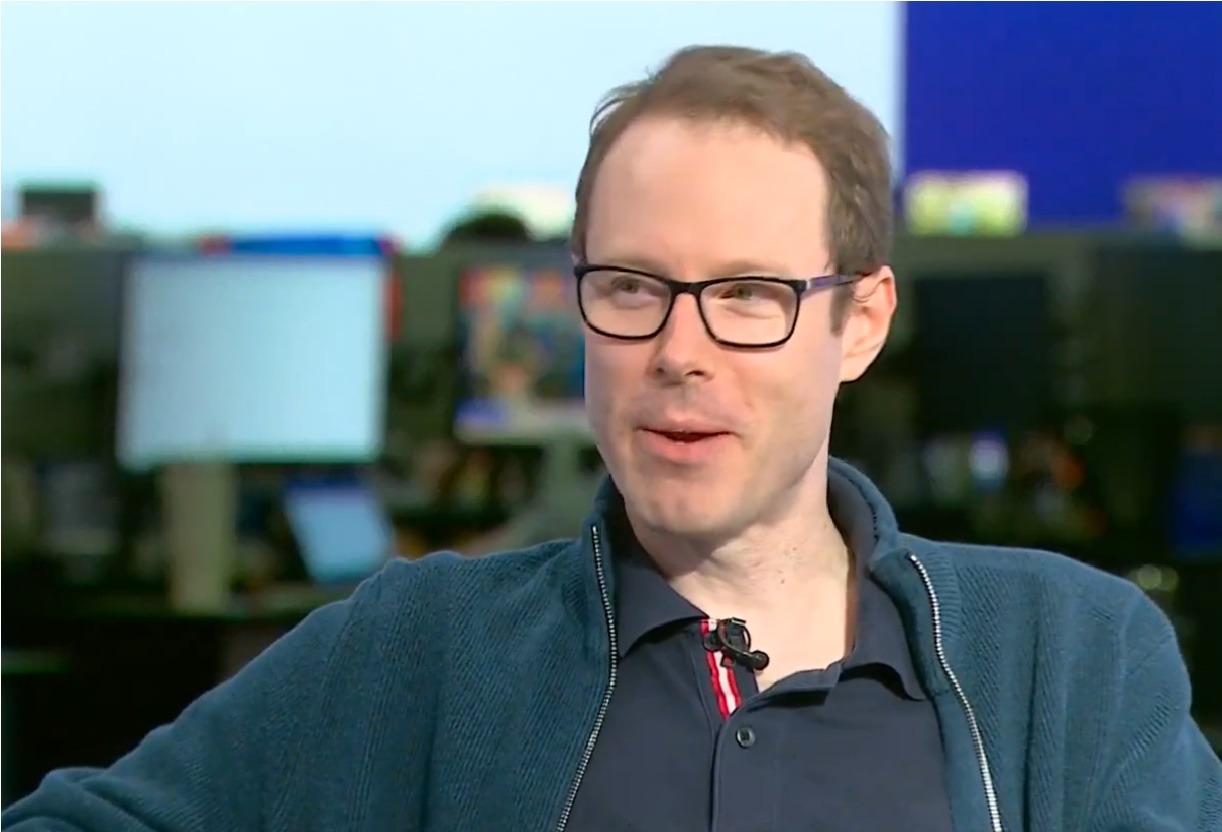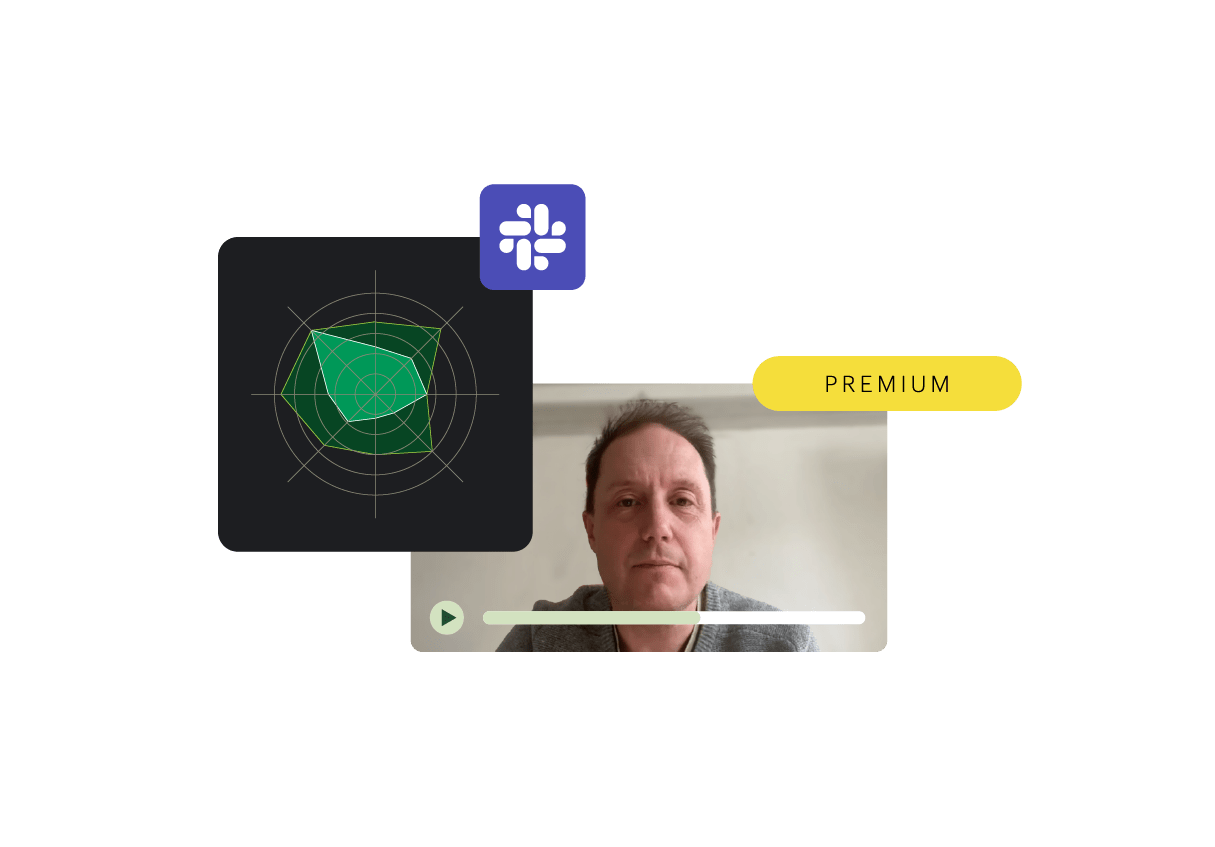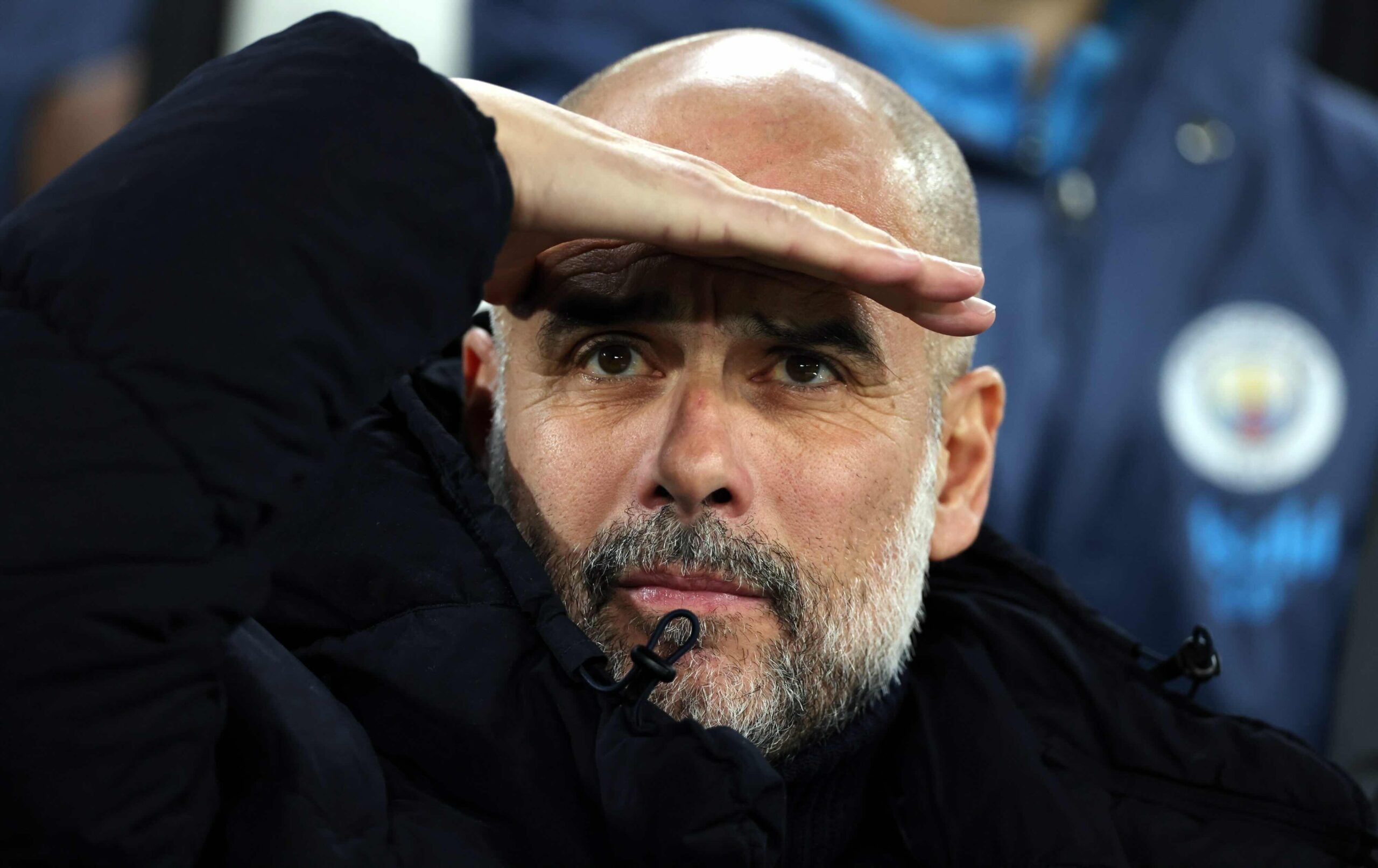Written by
Training Ground Guru
October 10, 2019
Liverpool’s Director of Research, Ian Graham, has revealed that the club use a metric called ‘goal probability added’ to assess players.
Speaking to the Freakonomics podcast, the Welshman said he and his four-man data science team use a bespoke metric to gain meaning from the Premier League’s tracking data.
“We tried to put everything into one currency,” he explained. “We try to take whatever action a player does on a pitch – whether it’s a pass or a shot or a tackle if you’re a defender – and ask the question, ‘What was this team’s chance of scoring a goal before this action happened?’
“And then, ‘What was this team’s chance of scoring a goal after that action happened?’ And we call that ‘goal probability added,’ which is a really catchy name.
“The thing that I’m really obsessed about is the risk-reward pay-off of passes. Some of the best passers in the game have some of the lowest pass-completion percentages in the game.
“And that’s because the risk-reward pay-off is very, very skewed in football. So it’s very easy to massage your statistics and get a high pass-completion percentage by playing very conservative passes that do nothing for your team’s chance of scoring a goal.
“And the passes I really love are the passes that go in behind the opposition defence, that take four or five defenders out of the game. Those passes are really hard to make. Someone who gets those passes correct half the time would be a world-class attacking midfielder.
“We get data on every ball touch that every player makes in a game, where it was on the pitch, and what happened next. We can see where all of the players are, at 25 frames per second.
“It’s done with optical tracking. The same technology that is used for missile-tracking, originally. It’s much easier to track a person than a missile. They travel a little slower.”
Graham, who has a PhD in physics from Cambridge University and joined the club from Decision Technology in July 2012, added that data science was particularly useful in distilling down lists of potential transfer targets.
“The place where it really can help is the acquisition of players in terms of helping our scouting process,” he said. “In Premier League football and European football in general, there’s a worldwide free market of football players.
“So if we spot a player that we would like to play for Liverpool and we can pay the price that the selling club demands, then we can buy him. And the real power of data analysis is when the data set is large. We have detailed data on hundreds of thousands of players.
“Maybe only 5% of those would be anywhere near a Premier League level player. But that’s still 5,000 players, which is too big a set of players to scout everyone in depth and in detail. So we can really help that filtering and identification process.”
Graham said there are “players who shine through in the data, but don’t naturally shine through for your typical football fan or even your typical scout” and he revealed the favourite acquisition he had been involved in.
“These are sort of awkward, ungainly-looking players or players that have been overlooked for various other purposes,” he said. “One of my favourite players is Andy Robertson, our left-back, one of the best left-backs in Europe, and now European champion of course.
“So Andy Robertson’s problem was his background as much as anything. So he only started playing English Premier League football maybe at the age of 22. And he played for Hull City, which was not a very good football team.
“They got relegated from the Premier League. And he was the best young full-back in Britain at the time. He was a really strange case of a really attacking full-back playing in a really poor defensive team.”
Nevertheless, Graham insisted that signing players remains a “multi-disciplinary exercise” using both data and human expertise.
“You’ve got the traditional methods of scouting, some newer methods of video scouting, and the coaches and the manager have to be on board and enthusiastic about the player,” he explained.
“My role is the data-analysis side of analysing football, which is the newer side. I mean, data analysis, because it’s new and because football is a very conservative sport, it’s something that is difficult to get across and it’s very understandable for a manager who has a hundred other things to worry about to just say, ‘You know what, I’m not interested in this.’
“But Jürgen (Klopp) took the time and was kind enough to let me explain our approach.
“He understood it and appreciated it, which already puts him in the top 5% of managers, in my opinion.”
Graham also explained how data science had played a role in the hiring of Klopp from Borussia Dortmund to replace to replace Brendan Rodgers as manager in October 2015.
“Our owners, and me and all my colleagues, were huge fans of Jürgen and his Dortmund team,” he said. “In the early 2010s, they played the most exciting brand of football in Europe and coming from a place really not of financial dominance.
“So they won the German Bundesliga twice, at a huge financial deficit compared to Bayern Munich. And so he was always one of our dream hires for a manager.
“But his last season at Dortmund was disastrous. So they were in the relegation zone. And the German media said it’s all over for Dortmund, Klopp’s lost it, and there’s no way back for them.
“Our analysis showed something quite different. Which was that they were still clearly the second-best team in Germany. But the performances did not match the results.
“So I analysed 10 seasons of Bundesliga performances, and Dortmund were the second-unluckiest team in that 10-year history. It was just some terrible luck that cost Jürgen that one season.”
Follow Us
For latest updates, follow us on X at @ground_guru



